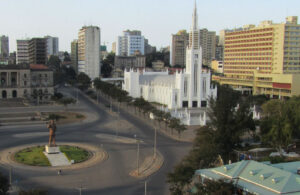This working paper analyses 12 decision-making methods in the context of climate change adaptation in urban regions of Southern Africa.

The Independence Square, Maputo, Mozambique. Photo credit: Gustavo Sugahara / Flickr
This review examines both decision-making process methods – those that describe and provide insights about empirical cases of decision-making – and decision-making support methods – those that analyse normative dimensions of how a decision could be made.
Presenting key conceptual and theoretical insights drawn from multiple disciplines, the authors argue that contemporary decision-making is characterised by:
Read the working paper (PDF, external link)
Design and development by Soapbox.